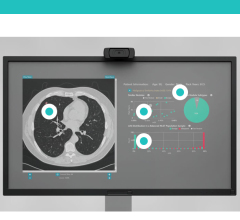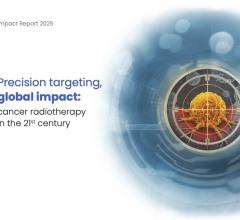
July 20, 2012 — On July 6, the Centers for Medicare and Medicaid Services (CMS) issued a proposed rule that would revise several reimbursement payment policies and rates for services furnished under the Medicare Physician Fee Schedule (MPFS) as of January 1, 2013. The proposed changes reflect an overall 15 percent reduction in payment for radiation oncology services, equaling a $300 million loss for the provision of cancer care services, according to the American Society for Radiation Oncology (ASTRO). The most significant portion of the cut, 7 percent, is due to a change by CMS in the treatment times for IMRT (intensity-modulated radiation therapy) and SBRT (stereotactic body radiation therapy) procedure codes.
“These cuts would have a negative impact on patient access to life-saving cancer treatment, particularly in rural communities, and could jeopardize patient safety,” said Leonard L. Gunderson, M.D., M.S., FASTRO, chairman of ASTRO’s board of directors. “ASTRO believes that CMS should utilize the rigorous processes and methodologies already in place and utilized for the past 20 years to set reimbursement rates. ASTRO supports the American Medical Association’s (AMA) RUC process as the most appropriate process to value practice expenses, and ASTRO welcomes the opportunity for a comprehensive review of treatment costs. The proposed cuts to radiation oncology reimbursement are more than double what has been proposed for any other healthcare providers. It is essential to protect and to strengthen access to safe cancer care nationwide.
“Radiation oncology is an important tool in the fight against cancer. Radiation therapy is a safe treatment option with a long track record of effectively treating cancer with minimal side effects. In the last 25 years, the survival rate for many cancer patients has increased steadily. For example, in the mid-1970s, the five-year survival rate for breast cancer was 75 percent; for prostate cancer it was 69 percent. Today, the five-year survival rate is 90 percent for breast cancer and 99 percent for prostate cancer. Decreased access to care will reverse the significant and continued progress in patient survival.”
Preliminary results from ASTRO’s member survey indicate that these cuts could affect many practices, particularly in rural communities. Initial survey responses reveal that practices may be forced to close their doors, delay or not purchase new equipment, lay off staff, as well as limiting and/or not accepting Medicare patients.
An urban radiation oncology practice in Nevada reports, “Every year we do more and more with less. Even a 10 percent cut would be devastating for our patients, staff and community. We would need to let employees go, which would be devastating for our economy, and our patients would suffer with decreased access to life-saving cancer care.”
“These cuts would severely limit our ability to provide quality care to patients close to their homes. We will not be able to sustain staff levels or maintain technology required for high-quality care,” said a rural Texas radiation oncologist.
For more information: www.astro.org


 December 04, 2025
December 04, 2025 









